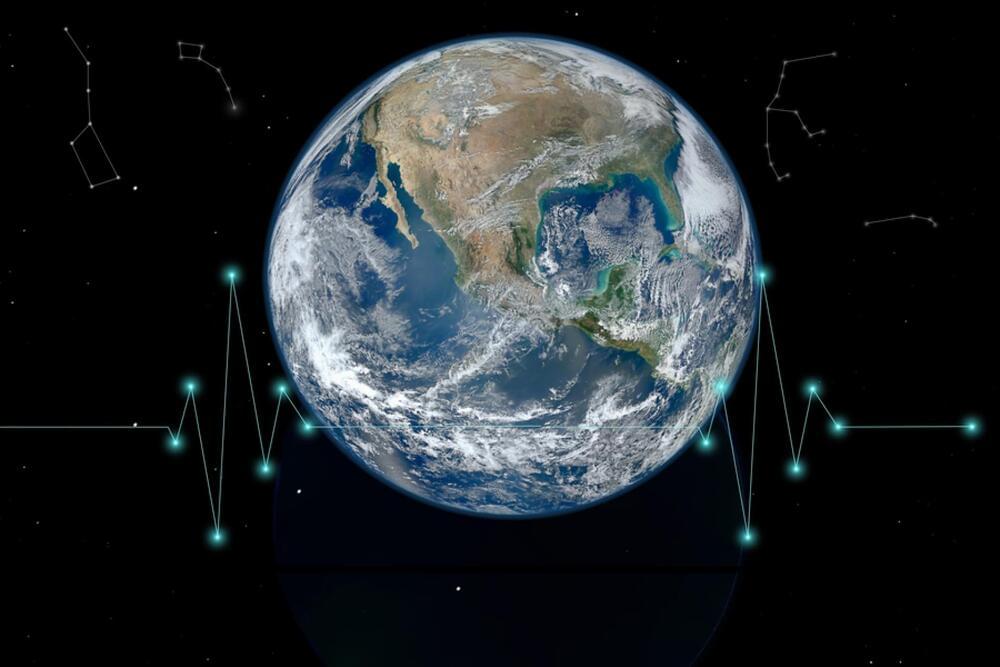Dec 14, 2022
Earth’s hidden stabilizing mechanism may help keep the planet habitable
Posted by Gemechu Taye in categories: climatology, space
A new study finds that Earth’s “stabilizing feedback” keeps global temperatures in check.
Researchers find Earth has a “stabilizing feedback” mechanism. The mechanism of “silicate weather” helps regulate the planet’s carbon cycle.
Continue reading “Earth’s hidden stabilizing mechanism may help keep the planet habitable” »


















